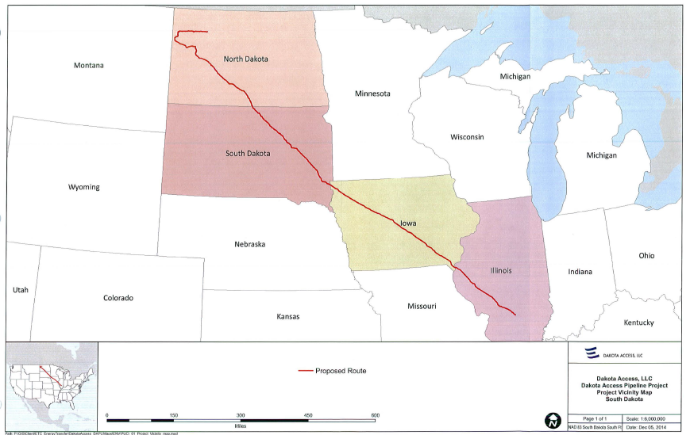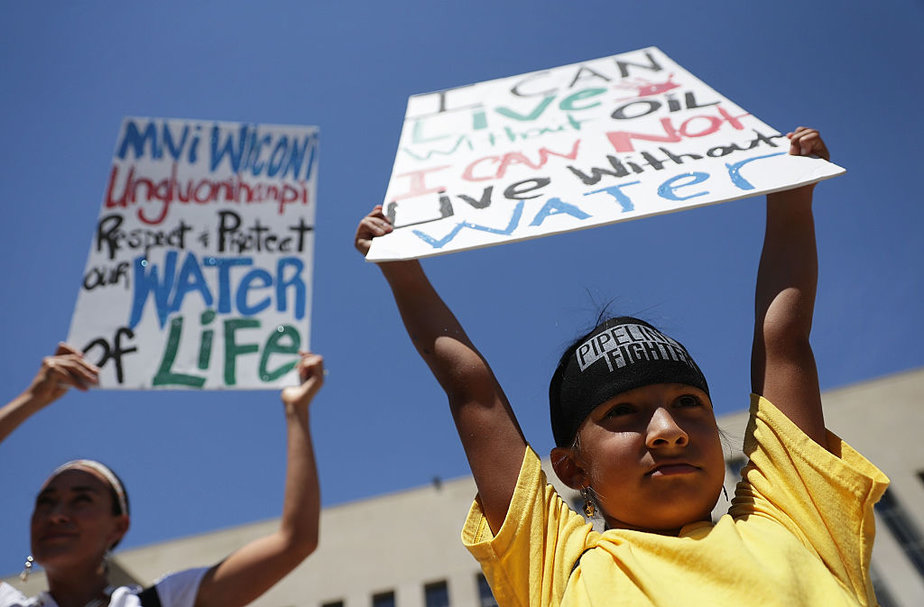JEFF DUNN; LASR General Manager; dunnja@plu.edu
The way Americans consume media and form opinions through news is miserable. It’s not entirely your fault, fellow Americans; the news media most consumed is often biased beyond belief, as in the case of the Standing Rock Sioux tribe and its fight for the protection of its culturally significant sites and water sources.
Since late August, the Standing Rock Sioux tribe has peacefully protested against the construction of the Dakota Access Pipeline (DAPL). This $3.8 billion project would stretch 1,172 miles from North Dakota to Illinois, snaking its way through the sacred burial grounds and other culturally significant sites of the Standing Rock Sioux. Additionally, the DAPL would run the risk of polluting the water supply for the Standing Rock Sioux people living on the reservation.
Militarized police have been present at the peaceful protest sites in Morton County, North Dakota for over a week. A private security company clashed with protesters Sept. 3, unleashing dogs and pepper-spraying several water protectors (as the protesters have identified themselves to the media). All of this for oil, as iconic a symbol of capitalism and as culture-crushing as any.

It’s unfortunate that the lives and culture of the Standing Rock people means less to Americans than Energy Transfer’s “light, sweet oil.” While a federal judge ruled against the tribe’s motion to halt the pipeline, the United States government released a subsequent statement stopping the construction until further consultation with the tribes. A great first step, to be sure, but there is more that can be done.
In a September article for the New York Times, writer Jack Healy interviewed Jack Schaaf, a white resident of St. Anthony, North Dakota. Schaaf states his main concern with the pipeline is that he has to “navigate a police checkpoint whenever he wants to drive into Mandan for a pizza.”
Healy made a conscious decision to report on the “suffering” of white residents rather than focus on the much more noteworthy suffering of the Standing Rock Sioux. Seriously? Does Healy miss the irony in writing a piece on the white ranchers (from a town built on ground taken from Native Americans) feeling threatened by the presence of an encampment of Native Americans fighting for their culture? Or, is he of the opinion their struggle isn’t important?
Either way, his presentation of the situation in North Dakota, while not inaccurate, misses the point.
As someone outside the Standing Rock Sioux community, my voice should not be the only one you hear discussing this. I urge my readers to seek out voices of the water protectors. Adopt their perspectives from first-person interviews. Learn their reasons for protesting straight from their mouths.
Traditional protest tactics have proven to be ineffective in the U.S. Just look to the recent protests against police brutality by the Black Lives Matter group: in Tulsa, with the death of Terrence Crutcher; in Charlotte, with the death of Keith Lamont Scott, and countless other black men murdered by police this year.
The water protectors have blocked the construction of the pipeline with their bodies and with their hearts, and you owe them your support for protecting the planet you live on. I urge readers to show their support for the Standing Rock people and the environmentalist groups camped at the Dakota Pipeline, and to be media-literate and recognize when articles and videos are presenting you a biased view of the news. Gather your own data, do your own research, make your own decision.






























